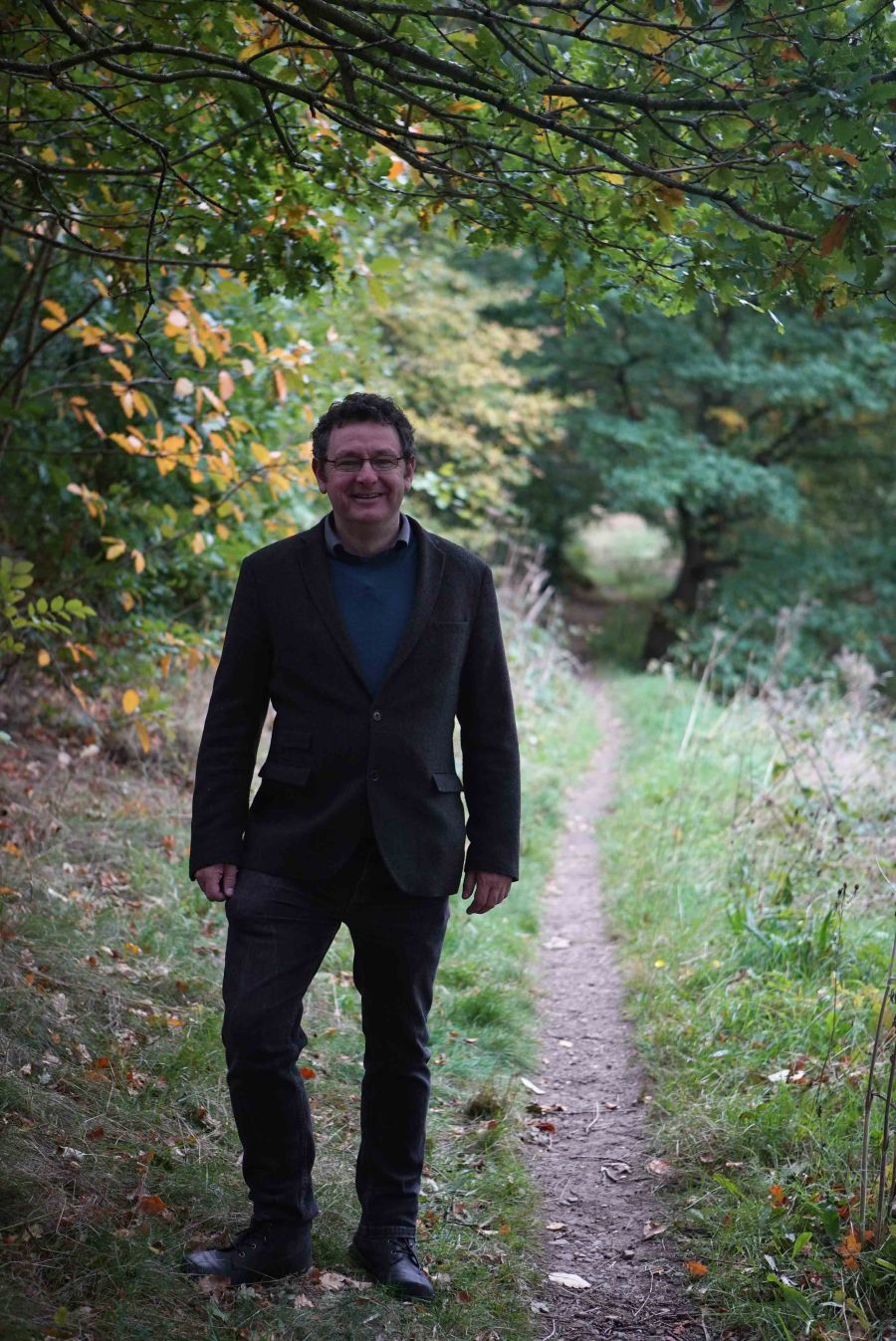In October 2018, I was filmed on location at the Pillar of Eliseg and at Offa’s Dyke near Ruabon and looking across at Offa’s Dyke where it hits the River Dee at Ty Mawr Country Park. This was all for a forthcoming documentary produced by AlleyCats entitled: Beyond the Walls: In Search of the Celts.
The programme explores the conflicts and interactions between the Romans and, subsequently, the Anglo-Saxon kingdoms, with the Celtic (Brythonic)-speaking peoples of the island of Britain. It will first air at 10pm on Tuesday 4th December on BBC4: The official blurb reads:
Historian Dr Eleanor Barraclough travels through some of Britain’s most beautiful landscapes – Hadrian’s Wall, the Lake District and Offa’s Dyke – in search of new evidence to reveal the true story of the mysterious ancient British tribes often called the Celts.
According to the official history books, the Celts were defeated and pushed to the edges of Britain by waves of Roman and Anglo Saxon invaders. However, a growing body of evidence suggests this is not the full story.
To help give the Celts back their proper place in our history, Eleanor examines freshly discovered treasures, new archaeological evidence from real photographs and clues hidden in ancient poetry to reveal a fresh narrative – one that suggests the relationship between our ancient British ancestors and those who came to conquer them was much less repressive, and far more co-operative, than we have thought.
I was being filmed in order to talk about the early medieval kingdoms of Britain, focusing on the relationship between the Britons and the Anglo-Saxons. To do this, I wanted to talk about the Pillar of Eliseg and Offa’s Dyke, and how they afford contrasting perspectives, one ‘Welsh’, one ‘Saxon’, on the Christian kingdoms of the Early Middle Ages.

Obviously I haven’t seen the programme yet and I’m not quite sure how my segments will be edited and integrated into the programme’s overall narrative. Certainly, the researchers and producers knew my scepticism regarding the ‘Celts’ narrative of the programme.
However, I can say is I did my very best to articulate the stories of two complex monuments, and they gave me every opportunity to make my points as clear and coherent as possible. Whether I do make sense remains my responsibility! Certainly, this was my first time working on a TV documentary in a decade and it was a very positive experience for me to get to work with David Starkey and Alfie Turner from AlleyCats.
In doing so, I got to represent my work on Project Eliseg and my work with the Offa’s Dyke Collaboratory. In doing so, I was delighted to be able to talk about two monuments that should be regarded as key to the study of early medieval Britain, and yet which rarely feature on television documentaries.
About the Pillar of Eliseg, I discussed some ideas to appear in the forthcoming Project Eliseg monograph. I addressed the complex biography of the early ninth-century cross, including its form and text. I also considered how the monument operated in its landscape setting, and how and why the monument reused a prehistoric cairn. Most importantly, I identified how the monument was positioned in relation to, and perhaps in defiance to, the Mercian linear earthworks to its east.

Regarding Offa’s Dyke, I wanted to discuss how it was positioned in relation to the Vale of Llangollen and the River Dee. I then talked about changing views on its functions and significance as a part of the Mercian frontier, and its legacy to this day.
What I hoped the programme shows, by addressing the Pillar and the Dyke together, is the complex and fluid relationships between the British and the Anglo-Saxon kingdoms: a ‘prehistory’ to the March of Wales as it developed following the Norman conquest of England.
It was a pity that the equally significant Wat’s Dyke couldn’t be featured, especially in relation to the Pillar of Eliseg. Still, for a 29-minute programme, I think they will be packing in quite a lot of new and interesting research!
When the final programme was aired, I was rather sad to find that the Pillar of Eliseg didn’t make the final cut! I hope it appears at some point!



